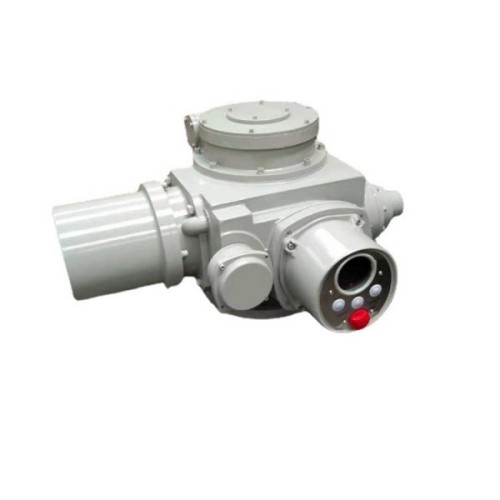Pressure Regulation Valves for Efficient Irrigation System Performance and Water Conservation
Pressure Reducing Valve for Irrigation Systems
Irrigation systems play a crucial role in modern agriculture, ensuring that crops receive the adequate water supply necessary for optimal growth. Among the key components that enhance the efficiency and effectiveness of these systems is the pressure reducing valve (PRV). This device regulates water pressure, offering benefits that range from conserving water to prolonging equipment lifespan.
Understanding the Need for Pressure Regulation
Water is a precious resource in agriculture, and its mismanagement can lead to wastage. High pressure in irrigation systems can cause several problems, including soil erosion, runoff, and uniformity issues across crops. Excessive pressure may also lead to damage to pipes and fittings, resulting in costly repairs. The PRV acts as a safeguard by lowering and stabilizing the water pressure entering the irrigation system to an optimal level, typically between 15 to 30 psi, depending on the crop and irrigation method used.
How Pressure Reducing Valves Work
A pressure reducing valve automatically reduces the incoming high-pressure water to a predetermined desired pressure. When water flows through the valve, a diaphragm within the device senses the downstream pressure and adjusts the valve opening accordingly. If the downstream pressure drops below the set point, the valve opens more; if it exceeds the set point, the valve closes slightly. This dynamic adjustment helps maintain a consistent pressure throughout the irrigation system, ensuring a steady supply of water to the crops.
Benefits of Using PRVs in Irrigation Systems
1. Water Conservation One of the significant benefits of integrating a PRV into an irrigation system is the conservation of water. By regulating the pressure, it prevents over-irrigation, thereby reducing water wastage. This is particularly essential in regions facing water scarcity.
pressure reducing valve for irrigation system

2. Improved Crop Health Consistent water pressure leads to uniform irrigation, which is vital for crop health. When plants receive the right amount of water consistently, it promotes even growth and helps prevent issues associated with both under- and over-irrigation, such as root rot or drought stress.
3. Extended Equipment Life High water pressure can wear out irrigation components faster. By using a PRV, the lifespan of pipes, fittings, and emitters can be significantly extended, leading to lower replacement and maintenance costs.
4. Enhanced System Performance With stable pressure control, the performance of irrigation systems improves. The flow rates become more predictable, allowing for better scheduling and management of water applications.
5. Versatility and Integration Pressure reducing valves can be used in various irrigation systems, including drip, sprinkler, and flood systems. Their versatility makes them an essential component in both small-scale gardens and large agricultural operations.
Installation and Maintenance Considerations
When installing a pressure reducing valve, it is crucial to select a model that suits the specific requirements of the irrigation system. Consider factors such as the inlet pressure, desired outlet pressure, flow rate, and material compatibility. Regular maintenance, including checking for leaks and ensuring the valve operates smoothly, is also vital to ensure long-term functionality.
Conclusion
In conclusion, the pressure reducing valve is a fundamental component of modern irrigation systems, promoting efficient water usage, enhancing crop health, and extending the life of irrigation equipment. By investing in a good-quality PRV, farmers and gardeners can contribute to sustainable agricultural practices while ensuring they get the most out of their irrigation systems. As water scarcity becomes a growing concern, the role of such devices in optimizing water management will only become more significant.
-
The Key to Fluid Control: Exploring the Advantages of Ball Valves in Industrial SystemsNewsJul.09,2025
-
The Versatile World of 1, 2, and 3 Piece Ball ValvesNewsJul.09,2025
-
Stainless Steel Ball Valves: The Ideal Choice for Efficient Flow ControlNewsJul.09,2025
-
Optimizing Fluid Control with Ball Float ValvesNewsJul.09,2025
-
Manual Gate Valves: Essential for Control and EfficiencyNewsJul.09,2025
-
Everything You Need to Know About Butterfly ValvesNewsJul.09,2025
-
The Versatility of Wafer Type Butterfly ValvesNewsJul.08,2025




